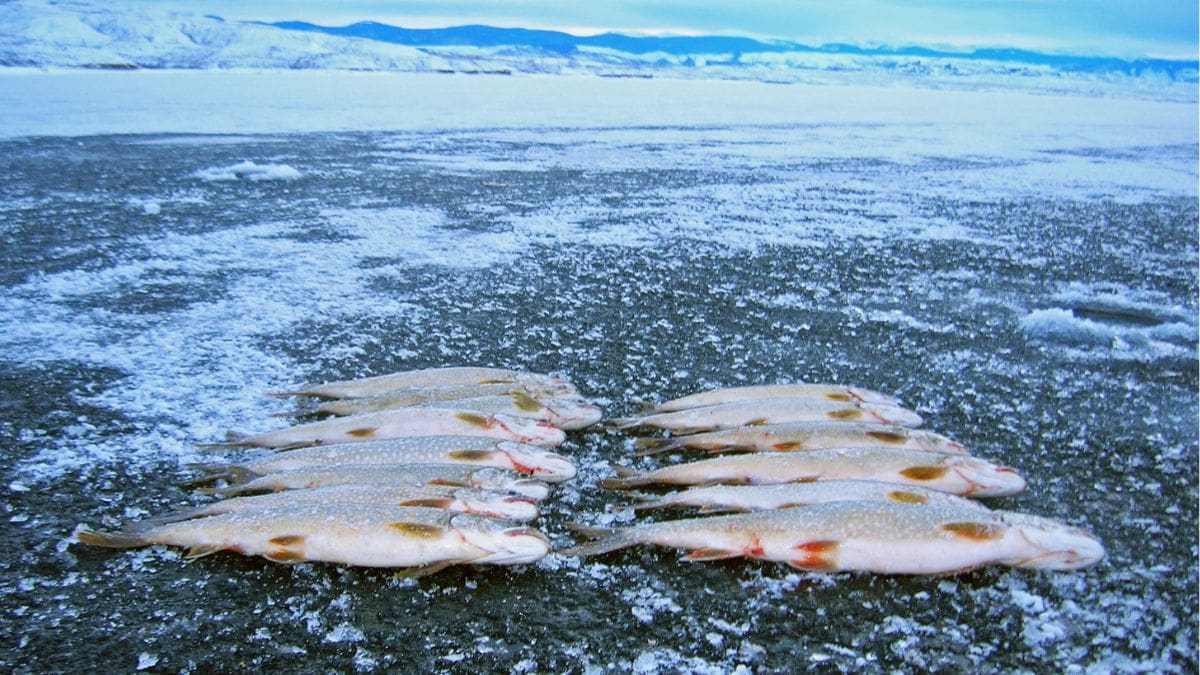Utah
DWR asks anglers to harvest specific fish species at several Utah waterbodies – TownLift, Park City News

Lake trout at Flaming Gorge. Photo: Courtesy of Utah Division of Wildlife Resources.
UTAH — The Utah Division of Wildlife Resources is requesting that anglers harvest specific fish species that are currently negatively impacting the fishery at certain Utah waterbodies.
“Historically, anglers used to harvest more fish, which would help keep fish numbers lower and ensure that the food supply for the fish at any given waterbody was shared with a smaller number of individual fish,” said Trina Hedrick, DWR sportfish coordinator. “But now more anglers prefer to participate in catch-and-release fishing, which leaves more fish in the system and increases competition for limited resources. Each lake or reservoir has a maximum number of fish it can sustain. When the waterbody exceeds that, you’ll eventually see an overabundance of skinny, smaller fish.”
Similar Reads On TownLift
The DWR is asking anglers to harvest specific fish species caught in the following waterbodies:
Small lake trout at Flaming Gorge Reservoir
The DWR is requesting that anglers catch and keep lake trout measuring under 25 inches at Flaming Gorge Reservoir. The reservoir is known for producing some of the largest lake trout in the U.S., however, its population of small lake trout is currently too high.
The overpopulation of small lake trout could impact the reservoir’s rainbow trout and salmon populations, and leave fewer fish to feed the larger lake trout.
“We are requesting that all anglers harvest a limit if they can because lake trout are delicious and great to eat, and the angler would also be helping out the fishery at the same time,” Hedrick said.
To catch the small lake trout, the anglers should target them in deep areas (50-100 feet) along main channel points and walls, according to the DWR.
Walleye at Starvation Reservoir
This time of year is ideal for walleye fishing at Starvation Reservoir, located in Duchesne County. Flicker shad and bottom bouncers work well for catching walleye, which are found at depths of 15-20 feet.
Bluegill at Pelican Lake
Bluegill can be found along open shorelines or in front of weed lines at Pelican Lake. This fish tends to move to deeper water from the morning to afternoon. The DWR suggests worms or small-sized jigs with plastic baits for catching bluegill.
Brown trout at Blacksmith Fork River
The brown trout residing in Blacksmith Fork River currently measure at around 11 inches on average, but their growth is expected to slow as the fish become more abundant, and their food sources become fewer.
“We really need people to harvest more brown trout here, but few anglers actually do so, despite the four fish bonus limit,” Hedrick said.
Spinners are a great way to catch a lot of fish at Blacksmith Fork River, and fly fishing can also work well here. According to the DWR, pheasant tail, hare’s ear, hoppers and terrestrial fly patterns typically work well.